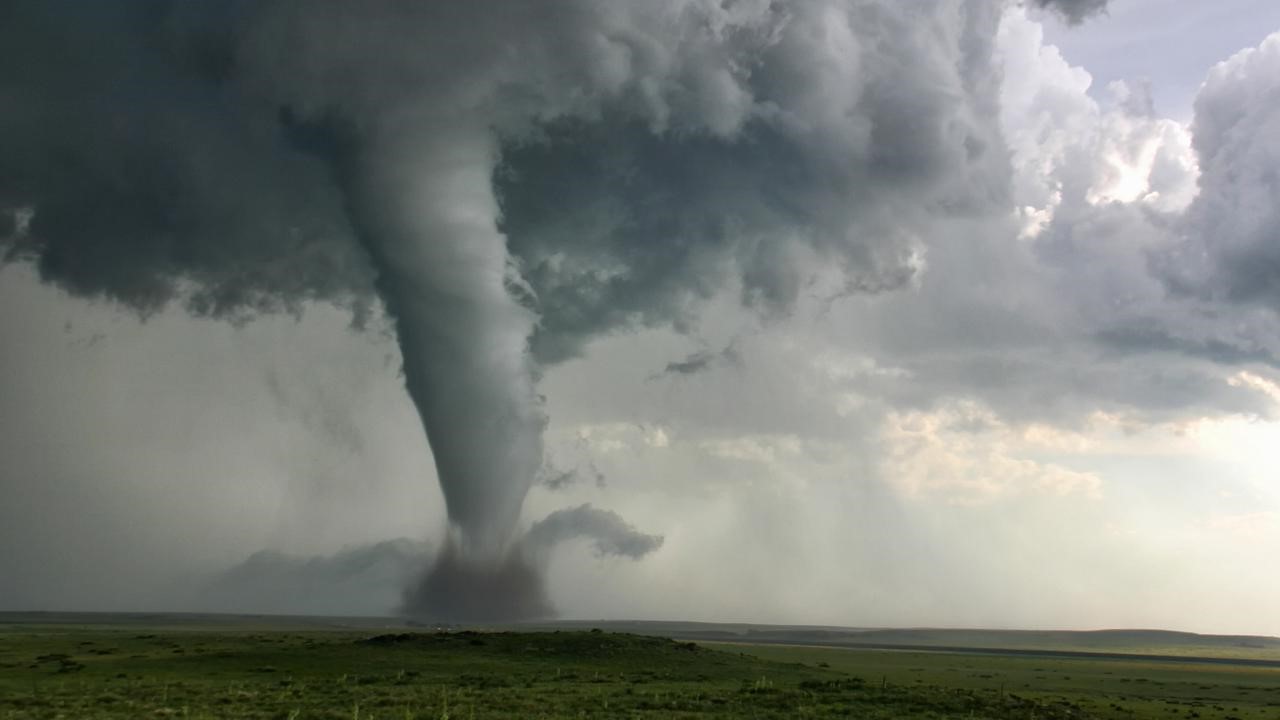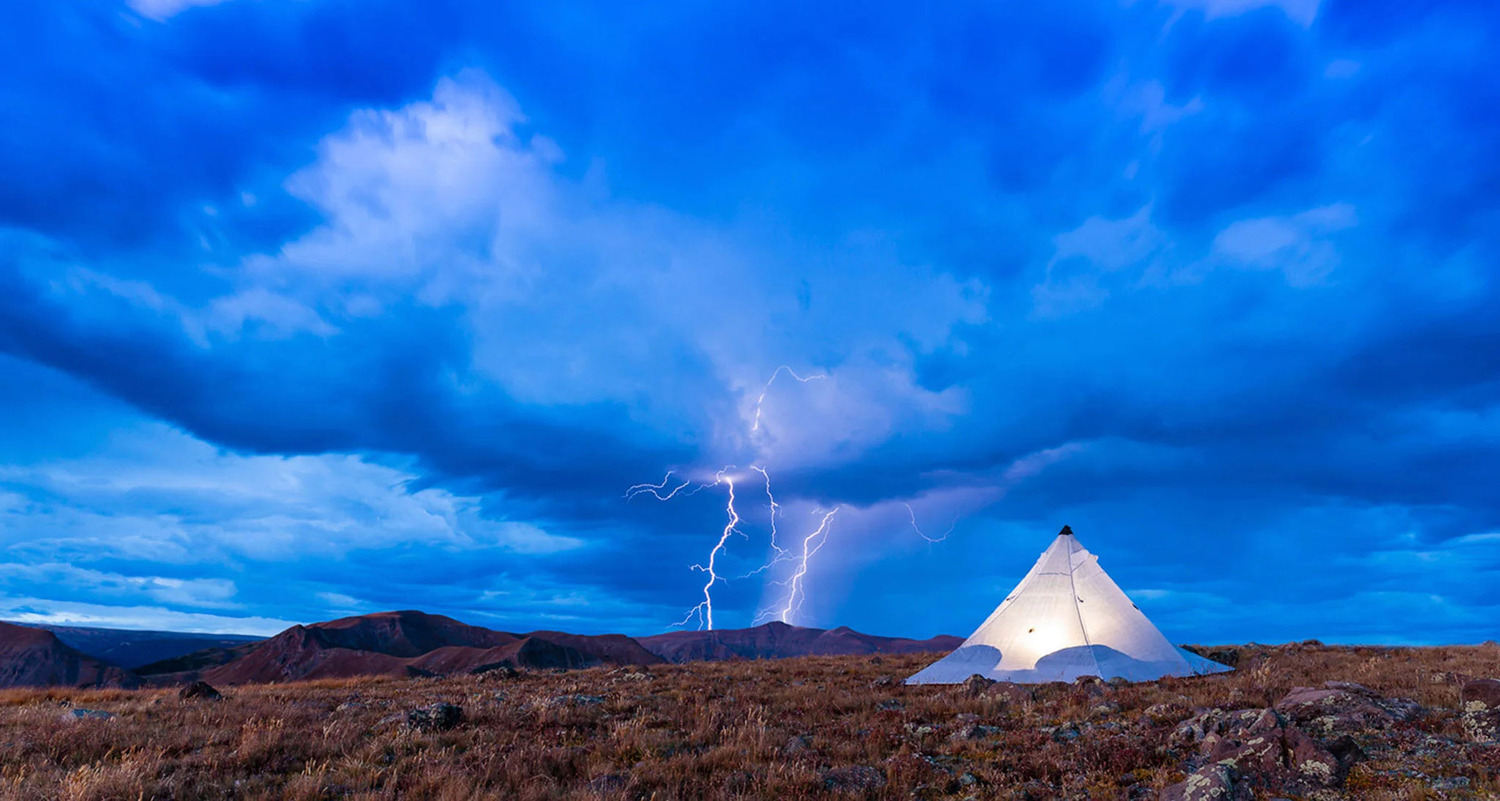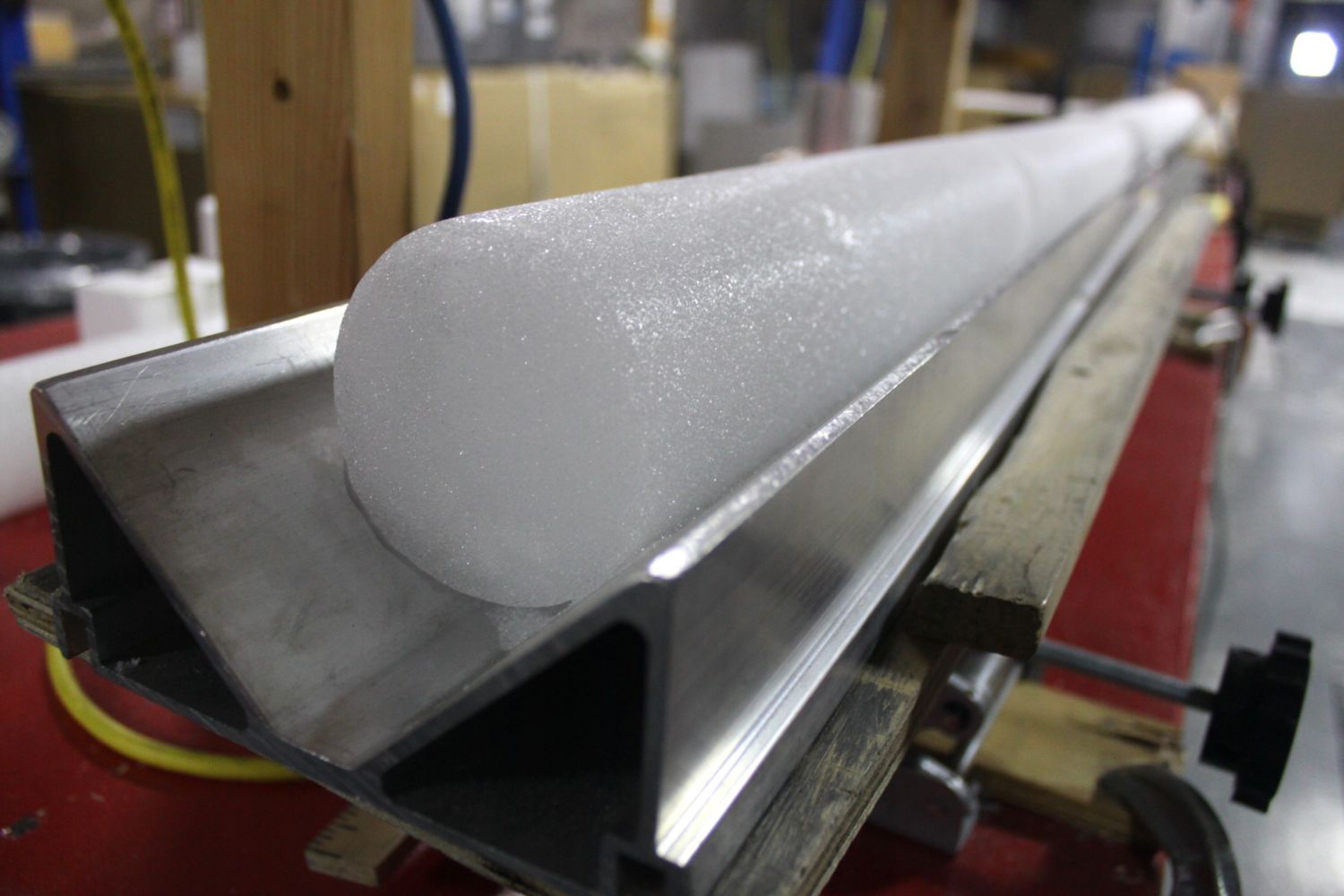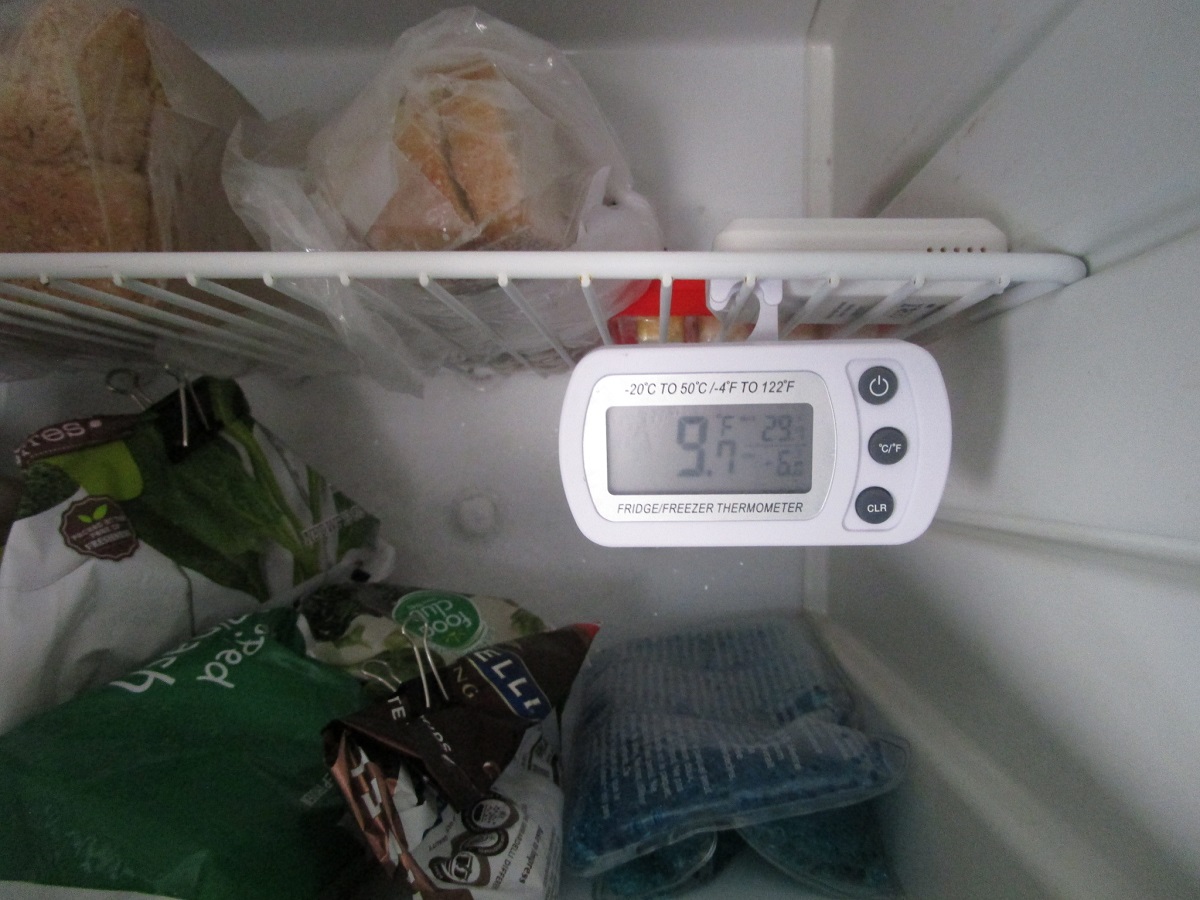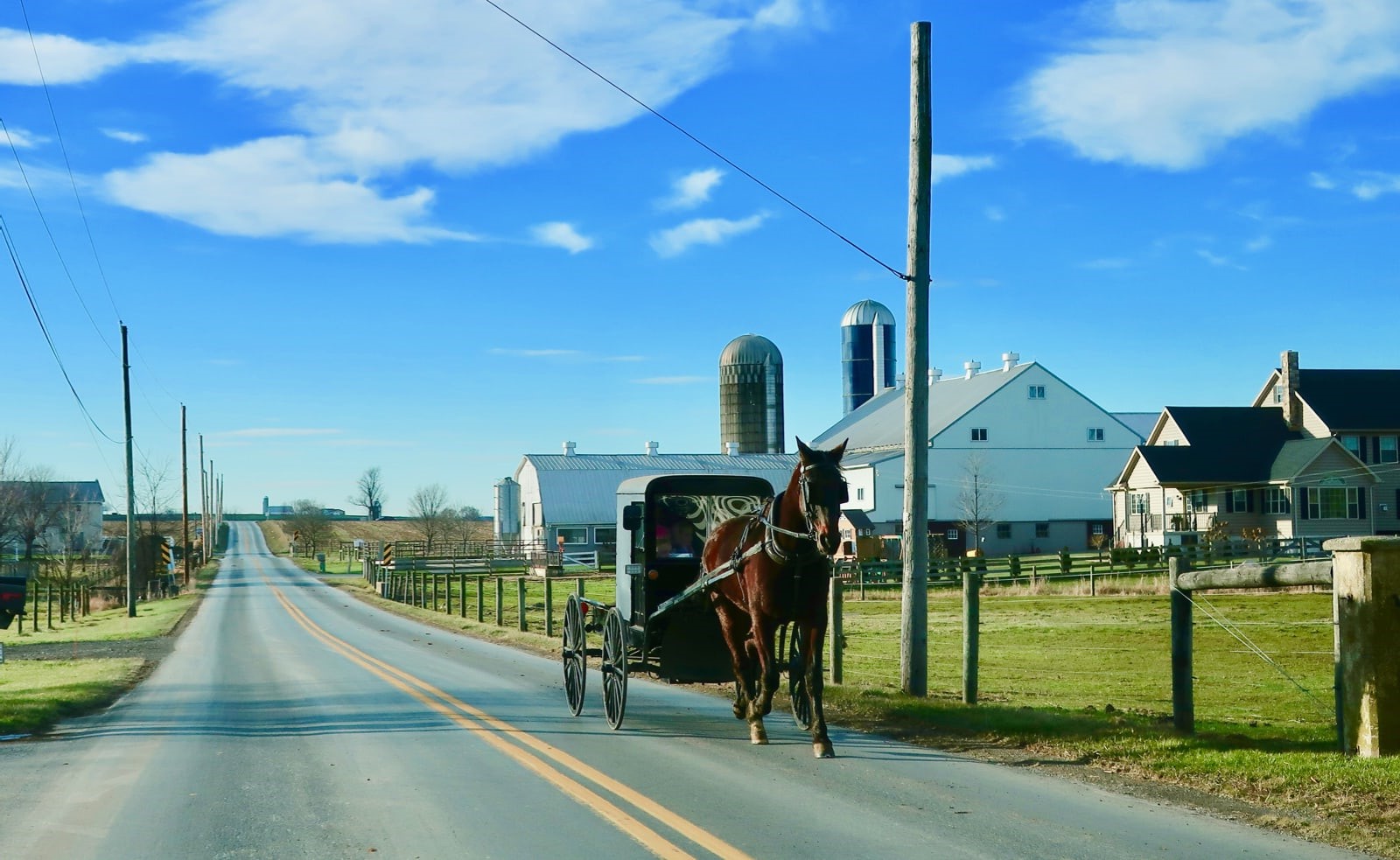Home>Weather and Climate>What Are Thunderstorms and How Do They Form?
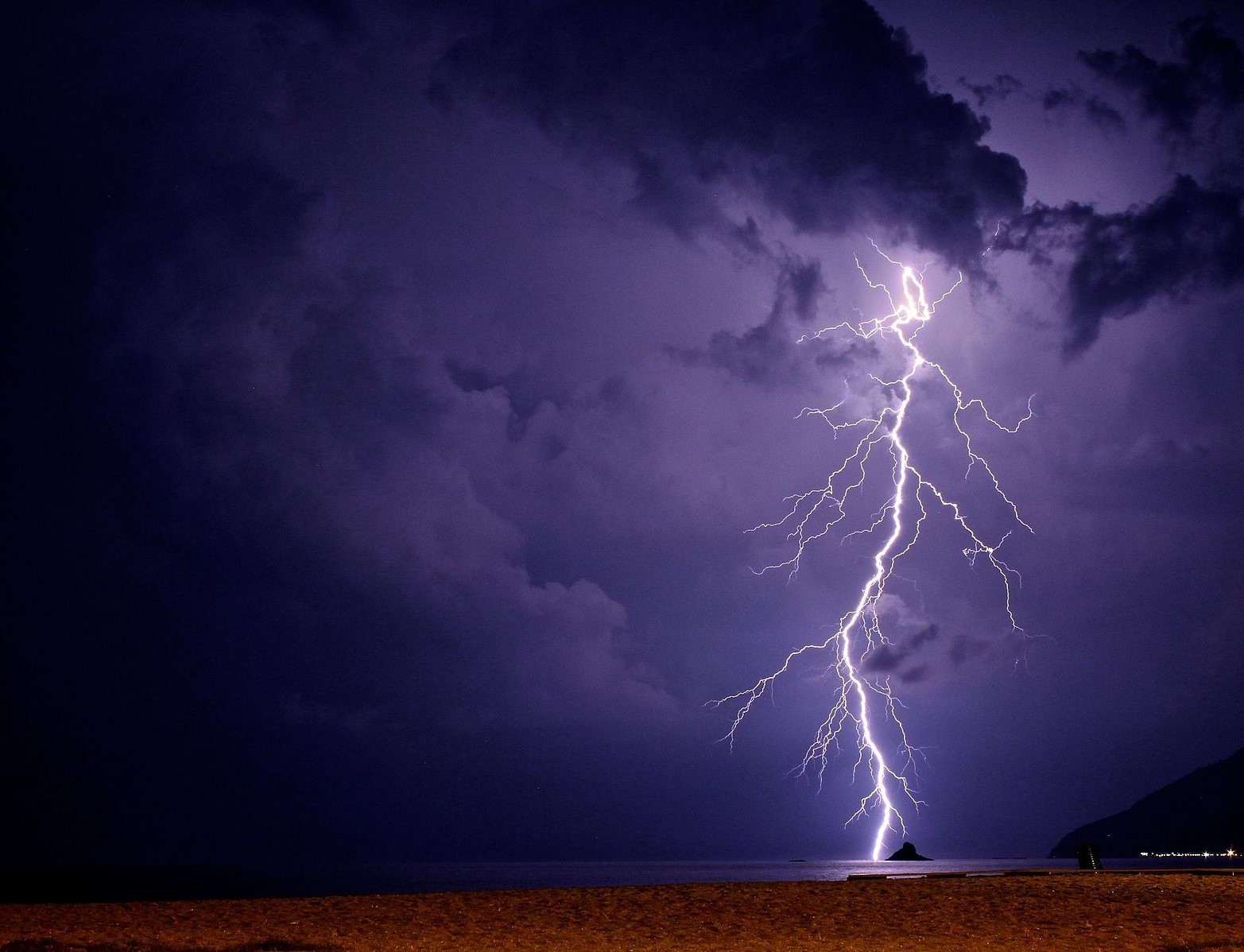

Weather and Climate
What Are Thunderstorms and How Do They Form?
Published: November 16, 2024
Learn about the causes and characteristics of thunderstorms in this comprehensive guide. Explore how weather and climate play a role in the formation of these powerful natural phenomena.
(Many of the links in this article redirect to a specific reviewed product. Your purchase of these products through affiliate links helps to generate commission for Temperatures.com, at no extra cost. Learn more)
So, let's dive into what makes thunderstorms tick. Picture warm, moist air rising into cooler layers of the atmosphere. This clash sets the stage for thunderstorms. As this air ascends, it cools down, condensing into water droplets or ice crystals, forming massive clouds, often cumulonimbus, known for their anvil shapes.
Now, within these clouds, there's a whole lot of action. Water droplets and ice crystals bump into each other, creating static electrical charges. Eventually, these charges grow too strong to stay contained, leading to lightning, an electrifying display of nature's power. And where there's lightning, thunder isn't far behind. Sound waves from the rapid expansion of air around the lightning bolt give us that distinctive rumble.
But that's not all. These storms can also bring heavy rain, strong winds, hail, and sometimes even tornadoes, depending on conditions. They're most common in the spring and summer when the Earth's surface heats up, providing plenty of warm air to fuel their fury.
Understanding these natural phenomena helps us prepare and stay safe. Whether it's seeking shelter or just marveling at their power from a safe distance, knowing what goes into a thunderstorm adds a layer of appreciation for the complexities of our atmosphere.
